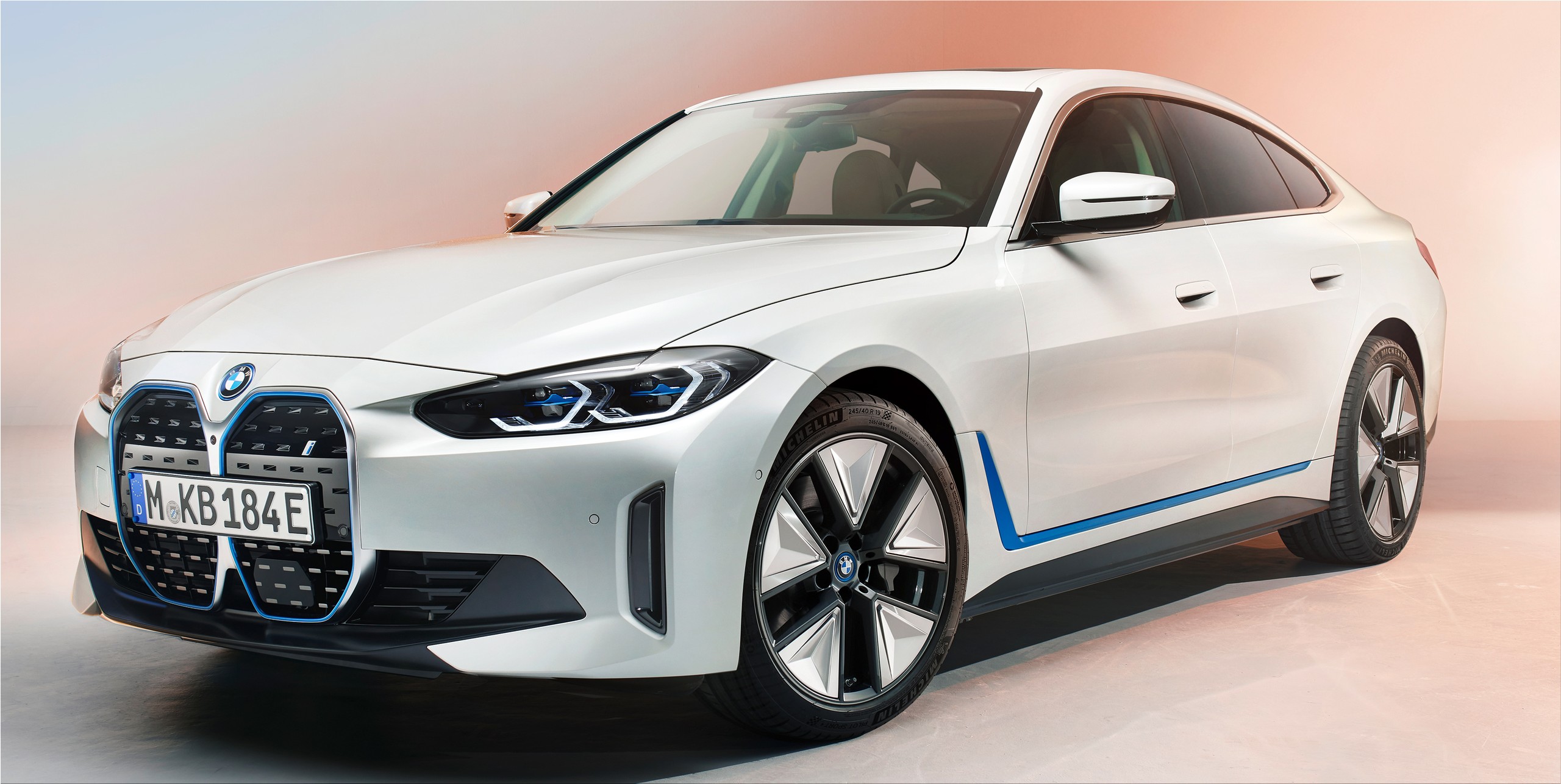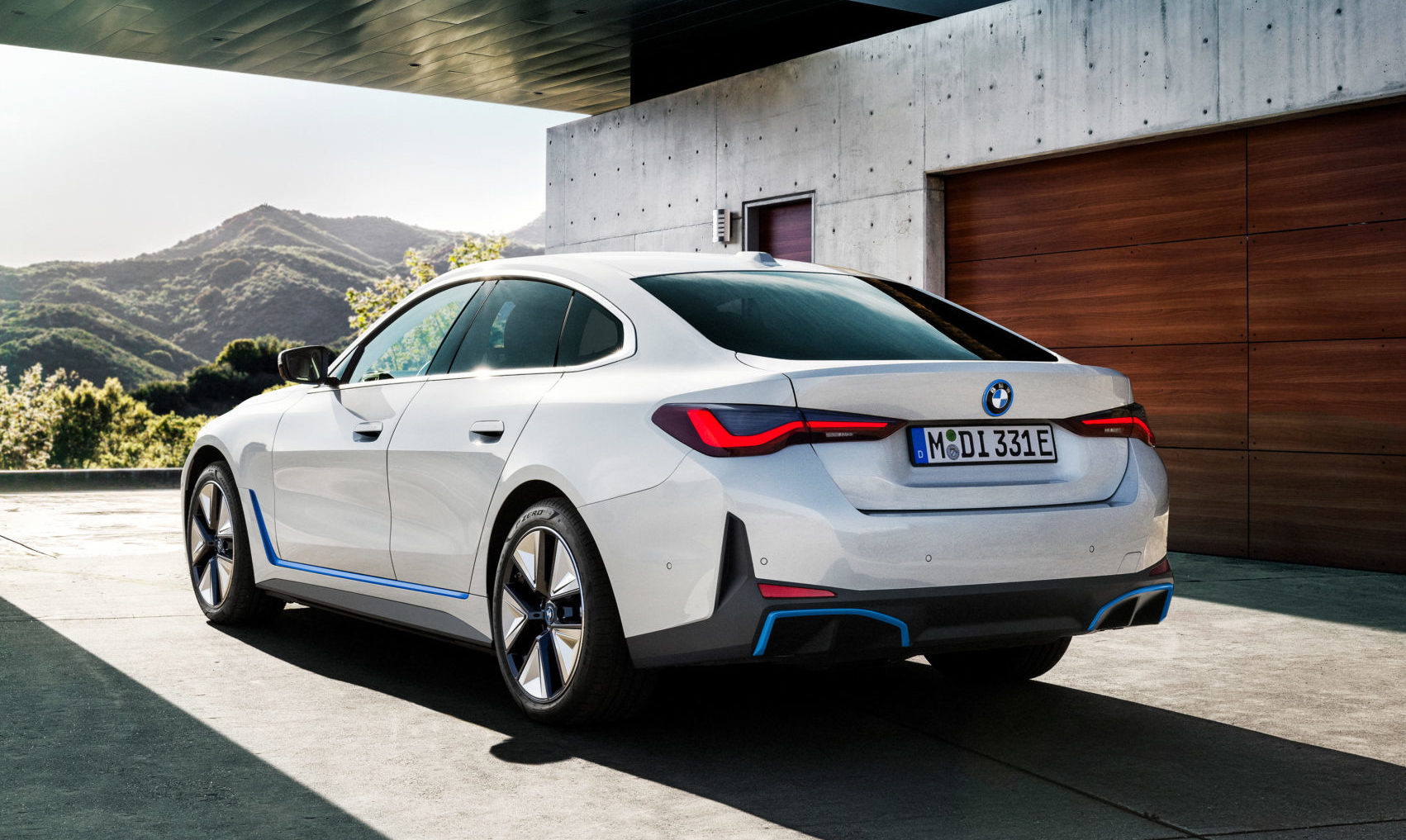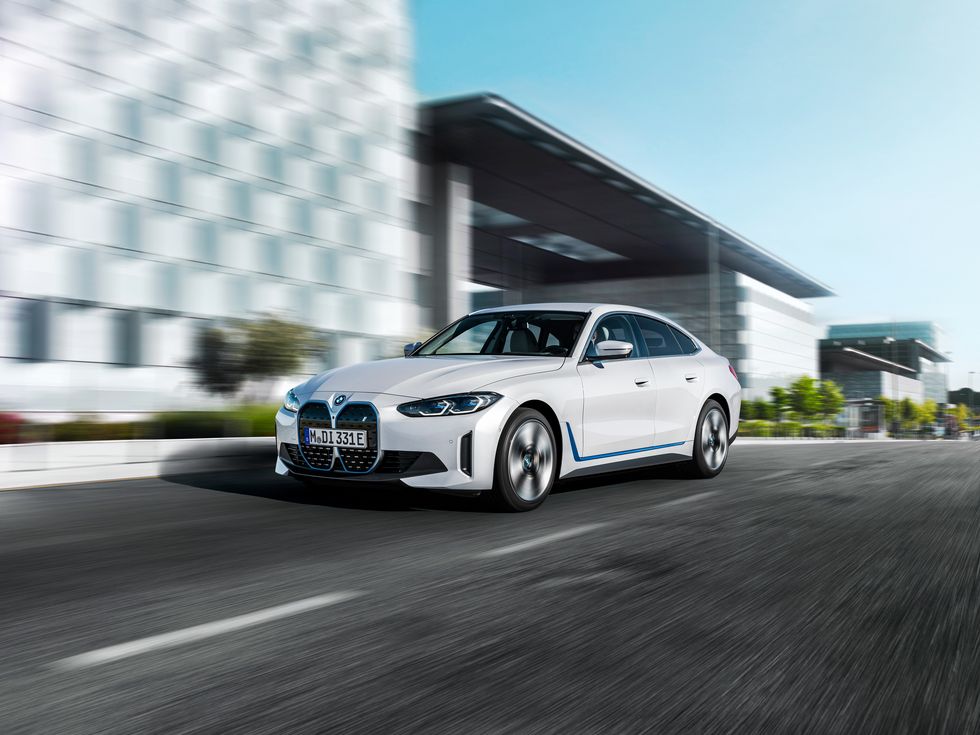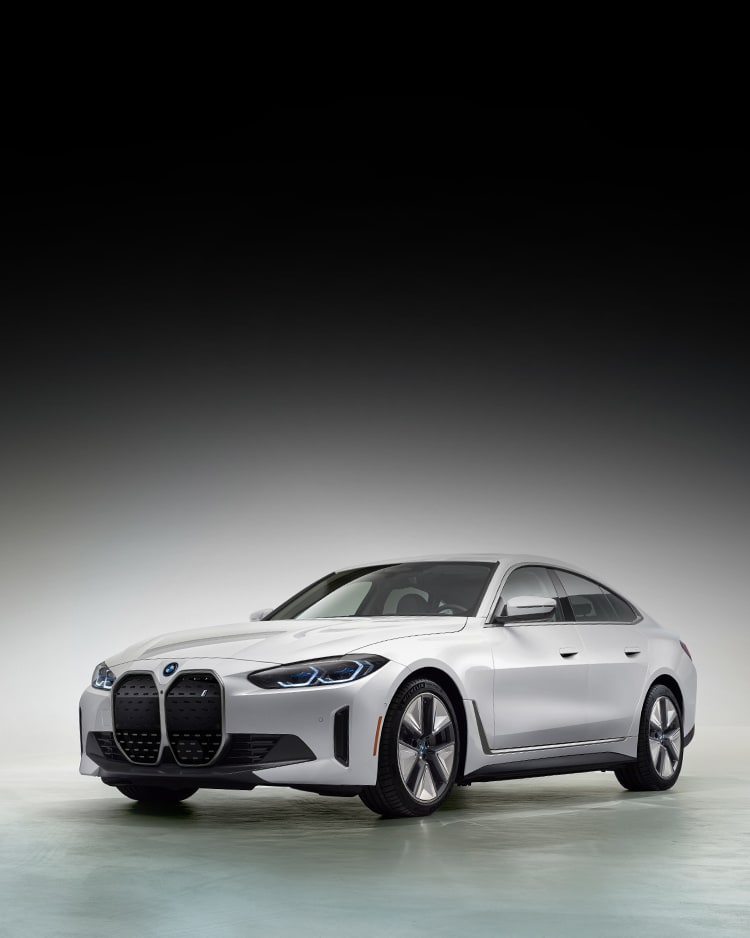
The BMW i4 eDrive35: A 2025 Perspective on Electric Driving
The automotive landscape is rapidly evolving, with electric vehicles (EVs) taking center stage. Among the pioneers in this shift is BMW, and their i4 eDrive35 stands as a testament to the brand’s commitment to sustainable mobility. This article delves into the intricacies of charging the 2025 BMW i4 eDrive35, exploring its charging capabilities, infrastructure considerations, and the overall user experience.
A Glimpse into the i4 eDrive35: Performance and Efficiency
Before diving into the intricacies of charging, let’s briefly understand the i4 eDrive35’s core features. This sleek, four-door Gran Coupe embodies the essence of BMW’s driving dynamics, seamlessly blending performance and efficiency. Powered by a 70.2 kWh battery pack, the i4 eDrive35 delivers an impressive 282 horsepower and 295 lb-ft of torque, propelling it from 0 to 60 mph in a respectable 5.7 seconds. Its EPA-estimated range of 250 miles ensures ample driving freedom for daily commutes and weekend adventures.
Understanding Charging Basics: AC vs. DC
The i4 eDrive35 supports both AC (alternating current) and DC (direct current) charging. AC charging is the most common type, typically found at home or at public charging stations. It utilizes household electricity and is generally slower than DC charging. DC charging, on the other hand, uses high-voltage direct current, delivering significantly faster charging speeds.
Level 1 and Level 2 AC Charging: The Home Base
Level 1 charging utilizes a standard 120-volt outlet found in most homes. While convenient, it offers the slowest charging speeds, taking roughly 15-20 hours to fully charge the i4 eDrive35. Level 2 charging utilizes a 240-volt outlet, commonly found in garages or dedicated charging stations. It delivers significantly faster charging speeds, typically taking 6-8 hours to fully charge the battery.
Level 2 Home Charging: Optimizing Convenience
For daily commutes and regular use, Level 2 home charging provides the most convenient option. Installing a dedicated Level 2 charger in your garage offers several benefits:
- Convenience: Charge overnight while you sleep, ensuring a fully charged vehicle for your morning commute.
- Cost Savings: Level 2 charging is generally cheaper than public charging stations.
- Increased Range: Charging at home allows you to maximize your vehicle’s range, reducing range anxiety.
Public Charging: Expanding Your Horizons
While home charging provides convenience, public charging stations become essential for long journeys or situations where home charging is unavailable. These stations offer various charging speeds and types:
- Level 2 Public Chargers: These chargers are widely available at shopping malls, supermarkets, and other public locations. They offer moderate charging speeds, typically taking 3-6 hours to fully charge the i4 eDrive35.
- DC Fast Chargers: These chargers offer the fastest charging speeds, delivering up to 80% charge in as little as 30 minutes. They are typically found at highway rest stops, charging hubs, and dealerships.
Navigating Public Charging Networks: A Seamless Experience
BMW offers seamless integration with popular public charging networks like ChargePoint, Electrify America, and EVgo. These networks provide a user-friendly experience, allowing you to:
- Locate Available Chargers: Easily locate chargers near your current location or destination.
- Start and Stop Charging: Manage your charging session directly through the app or in-car interface.
- Monitor Charging Progress: Track the progress of your charge in real-time.
- Pay for Charging: Conveniently pay for charging sessions through the app.
The Importance of Planning: Maximizing Your Charging Strategy
Successful EV ownership hinges on effective charging planning. Here’s a comprehensive approach to optimizing your charging experience:
- Assess Your Daily Commute: Understand your daily driving needs and the distance you typically cover. This helps determine whether home charging alone suffices or if public charging is necessary.
- Plan Long Journeys: When embarking on road trips, plan your route and identify charging stations along the way. Utilize navigation apps that integrate charging station information.
- Utilize Charging Apps: Leverage charging apps to locate available chargers, monitor charging progress, and manage payments.
- Optimize Charging Times: Charge overnight at home to maximize convenience and cost savings. Utilize public charging stations during breaks on long journeys.
- Monitor Battery Health: Regular charging and battery maintenance are crucial for preserving battery health and maximizing range over time.
The Future of Charging: Innovation on the Horizon
The EV charging landscape is constantly evolving, with new technologies and innovations emerging. Here are some exciting developments to watch out for:
- Wireless Charging: Wireless charging technology eliminates the need for physical cables, offering a more convenient and streamlined charging experience.
- Increased Charging Speeds: Advancements in battery technology and charging infrastructure are continuously increasing charging speeds, allowing for faster recharging times.
- Smart Charging: Smart charging technologies optimize charging times based on electricity prices, grid demand, and your driving schedule, maximizing cost savings and efficiency.
- Integration with Smart Homes: EV charging can be integrated with smart home systems, allowing you to control charging schedules, monitor energy consumption, and optimize energy usage.
Conclusion: Embracing the Electric Revolution
The BMW i4 eDrive35 embodies the future of driving, offering a compelling blend of performance, efficiency, and sustainability. Understanding the intricacies of charging, from home charging to public charging networks, empowers you to seamlessly integrate this electric vehicle into your daily life. As charging technologies continue to evolve, the future of electric driving promises an even more convenient and efficient experience, paving the way for a greener and more sustainable future.







